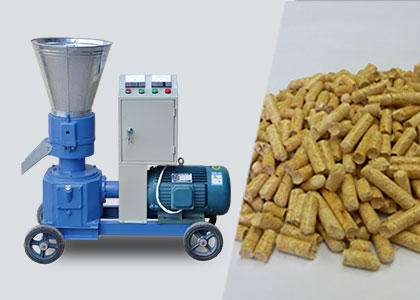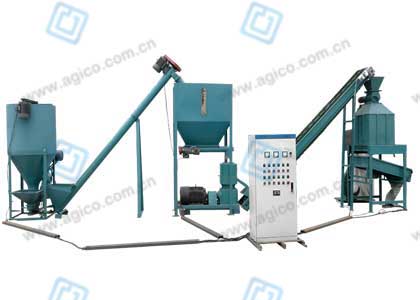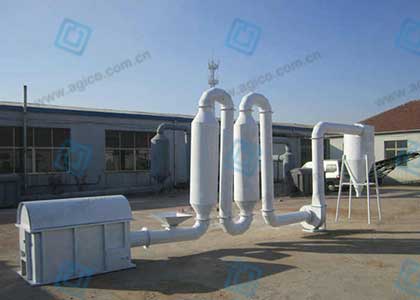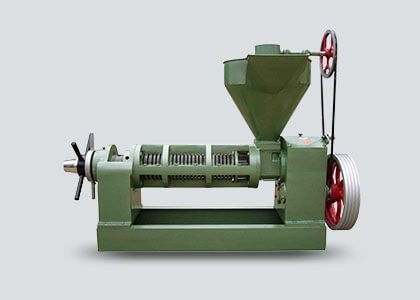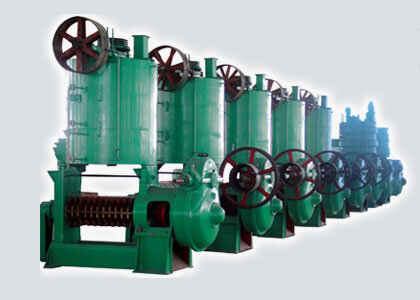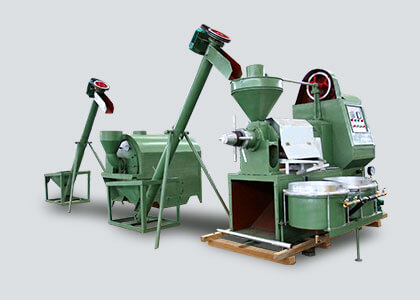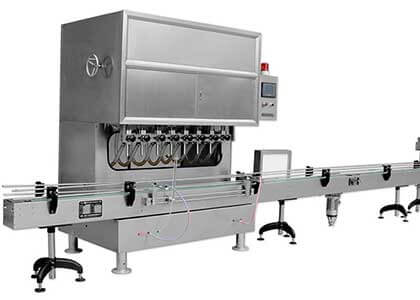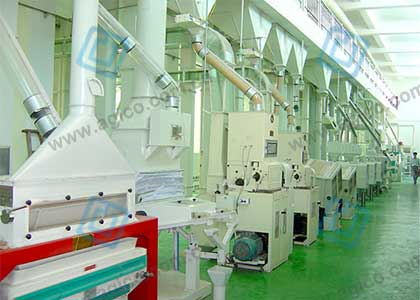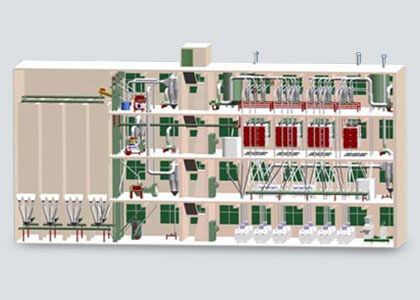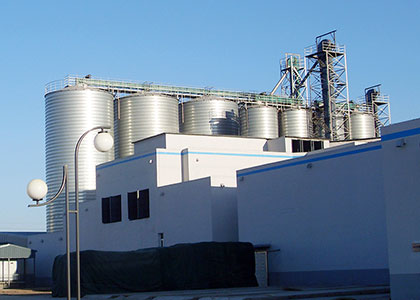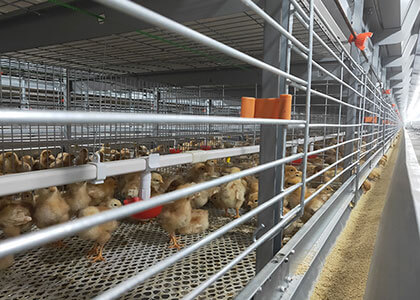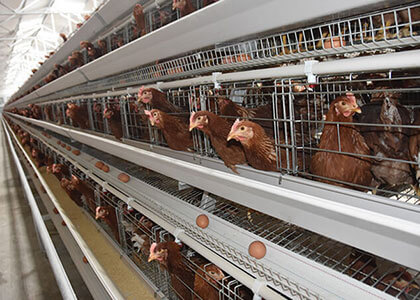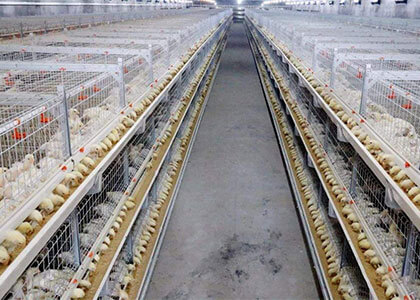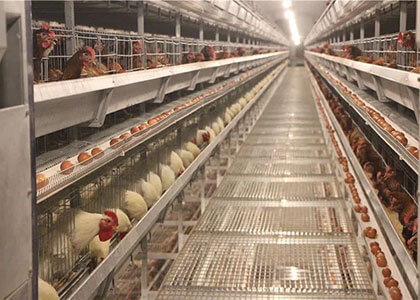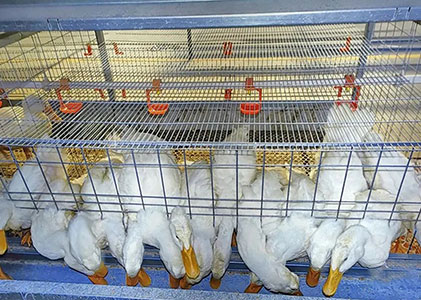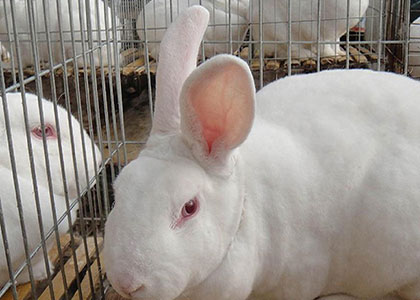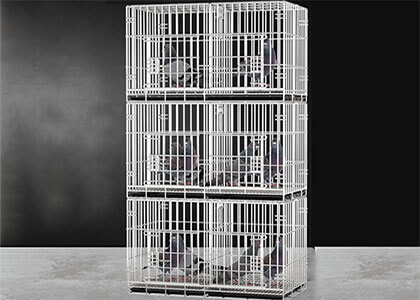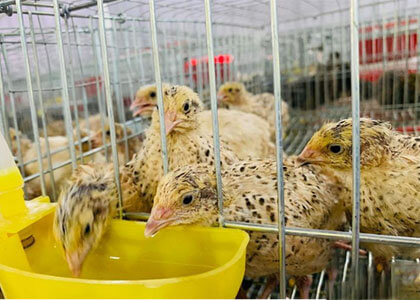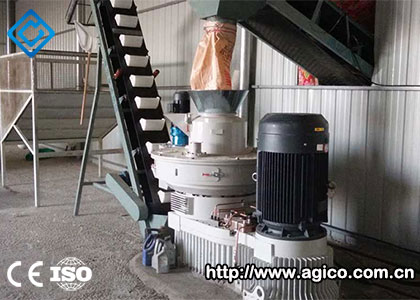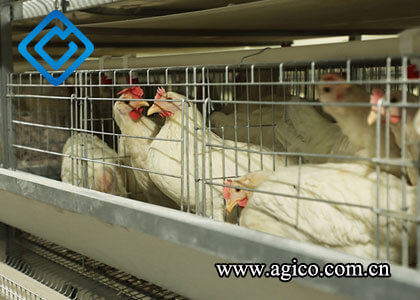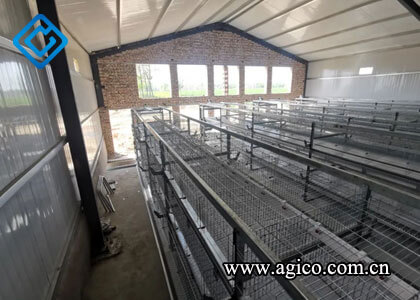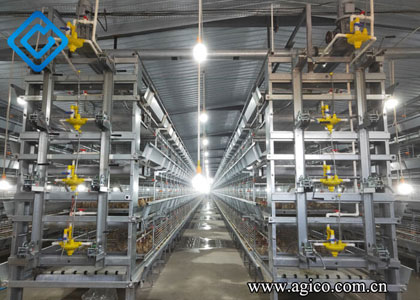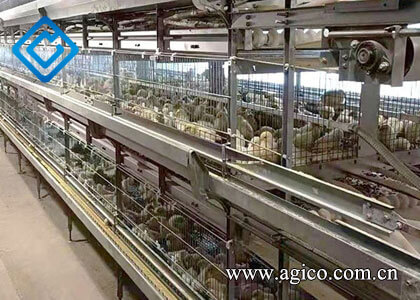Optimizing Chicken Brooding Cage Design for Maximum Efficiency
Chicken brooding cages play a crucial role in modern poultry farming, providing a controlled and safe environment for young chicks during their early growth stages. These brooding cages for chickens are designed to optimize the conditions for chicks' health, development, and overall well-being. We will delve into the key design considerations that can significantly improve the efficiency of chicken brooding cages. By exploring these aspects, poultry farmers can ensure optimal chick rearing, leading to healthier flocks and improved productivity.
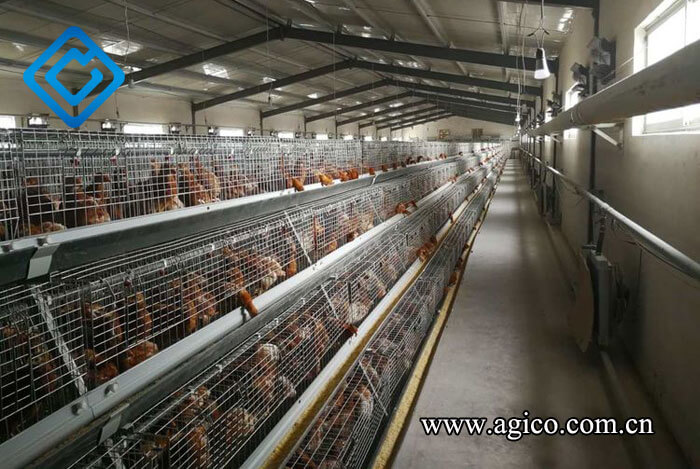
Importance of Efficient Chicken Brooding Cage
Efficient chicken brooding cages are of paramount importance in poultry farming, as they directly impact the well-being and productivity of young chicks. Properly designed brooding cages create an optimal environment for chicks to thrive during their early growth stages, ensuring their health and development.
Providing Optimal Environment
Well-designed brooding cages offer a controlled and safe environment for chicks, with regulated temperature, humidity, and ventilation. These factors play a crucial role in providing the ideal conditions for chicks to grow and develop without unnecessary stress or discomfort.
Minimizing Stress and Mortality
Efficient brooding cages are designed to minimize stress among chicks, which is a leading cause of mortality in young flocks. By reducing stress levels, chicks are more likely to stay healthy and reach their full potential, resulting in lower mortality rates and improved overall productivity.

Space and Resource Utilization
Optimizing space and resource utilization is essential in poultry farming. Efficient brooding cages are designed to make the most of available space and resources, maximizing the number of chicks that can be housed comfortably while minimizing waste.
Key Design Considerations
Efficiently designed chicken brooding cages play a crucial role in ensuring the well-being and growth of chicks. To achieve maximum efficiency, several key design considerations must be taken into account.
Cage Size and Dimensions

The cage size and dimensions are critical factors in providing a comfortable living space for chicks at different growth stages. A well-designed brooding cage should offer ample space for the chicks to move around freely while providing enough room for feeding and resting.
Ventilation and Airflow
Proper ventilation and airflow are essential for maintaining a healthy environment within the brooding cages for chickens. Good ventilation ensures a continuous supply of fresh air, preventing the buildup of harmful gases and humidity. It also helps regulate temperature and reduces the risk of respiratory issues among the chicks.
Temperature Control
Maintaining optimal temperatures is vital for the chicks' well-being and growth. Efficient brooding cages should have reliable heating systems that allow precise temperature control, ensuring the chicks stay warm and comfortable throughout their early stages.
Flooring and Bedding
The choice of flooring and bedding is crucial for hygiene and comfort in the brooding cage. A suitable flooring material should be easy to clean and provide a non-slip surface for the chicks. High-quality bedding helps maintain cleanliness, absorbs moisture, and provides a cozy space for the chicks to rest.
Innovative Features for Efficiency
To optimize the efficiency of brooding cages, incorporating innovative features can significantly benefit both the chicks and the poultry farmer.
Automated Feeding Systems
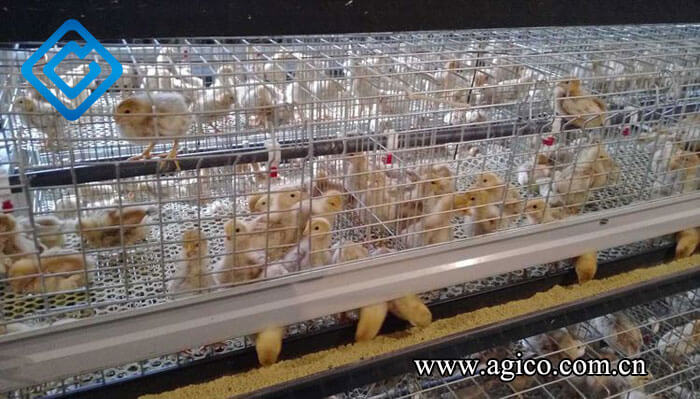
Introducing automated feeding systems revolutionizes chick feeding processes. These systems are designed to provide a consistent and controlled supply of feed, ensuring that chicks receive the right amount of nutrition at the right time. By reducing manual feeding tasks, poultry farmers can save time and resources while minimizing feed wastage, leading to cost-effective and efficient chick rearing.
Watering Solutions

Efficient watering solutions are essential for chicks to stay hydrated and healthy. Automatic waterers with easy access for chicks ensure a continuous supply of clean water, reducing the risk of dehydration and improving overall flock well-being. Such watering systems also help maintain cleanliness in the brooding cage, promoting a hygienic environment.
Lighting and Photoperiod
Proper lighting and photoperiod play a significant role in the well-being of chicks. By mimicking natural day-night cycles, controlled lighting ensures chicks have stable circadian rhythms, leading to healthier growth and reduced stress. Moreover, consistent lighting helps maintain normal behavior patterns, such as feeding and resting, enhancing the efficiency of chick rearing.
FAQs
Here are some frequently asked questions related to brooding cages and their efficient management:
Q: How to select the right brooding cage size for my chicken flock?
Selecting the appropriate brooding cage size is crucial for the comfort and well-being of your chicken flock. Consider factors such as the number of chicks, their growth rate, and the space required at different stages. Providing sufficient space ensures the chicks have enough room to move and reduces the risk of overcrowding, leading to healthier and happier chicks.
Q: How often should I clean and sanitize the brooding cage for optimal results?
Regular cleaning and sanitization are essential to maintain a hygienic environment within the brooding cage. Cleaning frequency may vary based on the number of chicks and their age. Generally, daily cleaning of feeders and waterers is recommended, and complete cage cleaning should be done at least once a week. A clean and sanitized cage prevents the spread of diseases and promotes healthier chick growth.
Q: Can I incorporate renewable energy sources for temperature control in the brooding cage?
Yes, incorporating renewable energy sources, such as solar power or biomass, for temperature control in the brooding cage is an eco-friendly and cost-effective option. Solar panels can power heating systems during colder periods, ensuring a consistent and comfortable temperature for the chicks. Utilizing renewable energy not only reduces operational costs but also aligns with sustainable farming practices.

